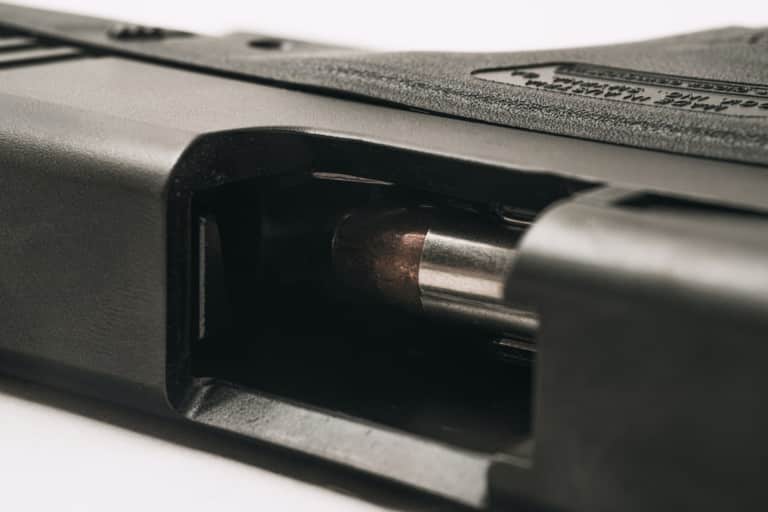Chamber Dry Firing Damage
This damage is often from “dry firing” or pulling the trigger on an empty chamber. Many older guns have a long firing pin that can impact the chamber area where the rim should be.
Skip Walters

The 22 rimfire is the most common cartridge encountered by shooters. The 22 BBcap was invented in France, in 1845, and the 22 short in 1857, in America. The 22 long came about in 1871 and the 22 long rifle of 1887 were both American upgrades. During the evolution of the 22 rimfire, black powder versions were phased out in favor of the smokeless powder version.
The longevity of the 22 rimfire translates into a plethora of types, designs and variations of guns that were and are chambered for this cartridge. Many of these old 22s have been rendered useless because of their chamber damage.
This damage is often from “dry firing” or pulling the trigger on an empty chamber. Many older guns have a long firing pin that can impact the chamber area where the rim should be. Thus, the hard firing pin distorts the barrel metal. Often, this distorted metal pushes a burr into the chamber and makes loading a cartridge impossible. As a result, the chamber must be cleared to make the gun useable.
To remove the burr by simply using a reamer in the chamber can cause further damage. This damage occurs because the burr may have become work hardened, forcing the reamer (when rotated) to the opposite side of the chamber and cutting away some of the chamber metal, making the chamber oversize.
Rather than removing the burr metal, a chamber swage will push the displaced metal back into its original position. There are swages available from supply houses, but it is easy to make your own with a piece of ¼” drill rod.
Turn about 9/16” of the outside diameter to .227”. Put a full radius on the end of the rod, so it is appears hemispherical. Put a shallow (1/16”) flat on the side of the rod, extending the flat to the end of the .227” diameter or beyond. Heat the modified end of the rod to a cherry red color, and quench it in water or oil to harden it. Polish the scale off the rod until it is shiny and very smooth. Heat the modified end of the rod until it changes color to a dark straw color, and quench it in oil to temper it. Your 22 LR chamber swager is complete. You can drill a cross hole in the opposite end for a handle if you wish.
To use the swager, insert it into the chamber, using the flat to clear the burr in the chamber. When rotating the swager, the edge of the flat will push the burr back into place, without altering the rest of the chamber.
A different size may be made for any of the other 22 rimfires…. or any old rimfire caliber you may encounter. If there is rim recess is damage, simply use a larger diameter rod and incorporate a step to swage the chamber rim recess back into the original position.
I made one of these chamber swagers in 1980, and it is still in service today.




